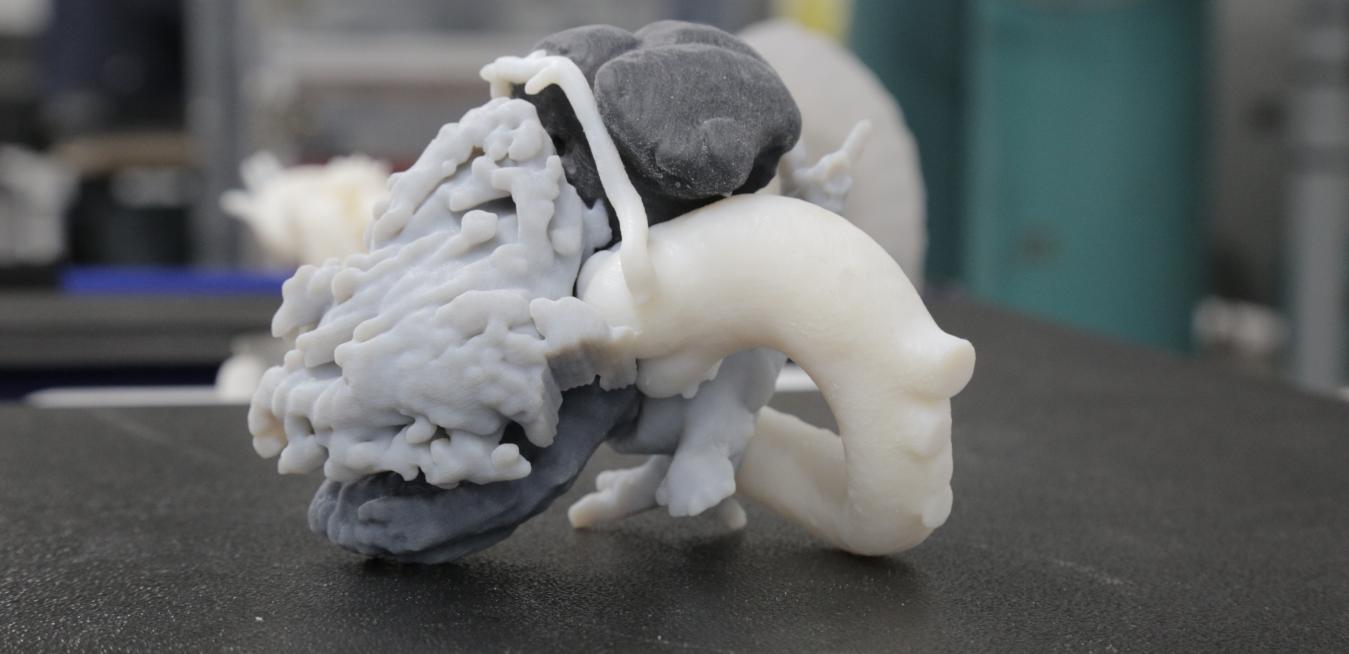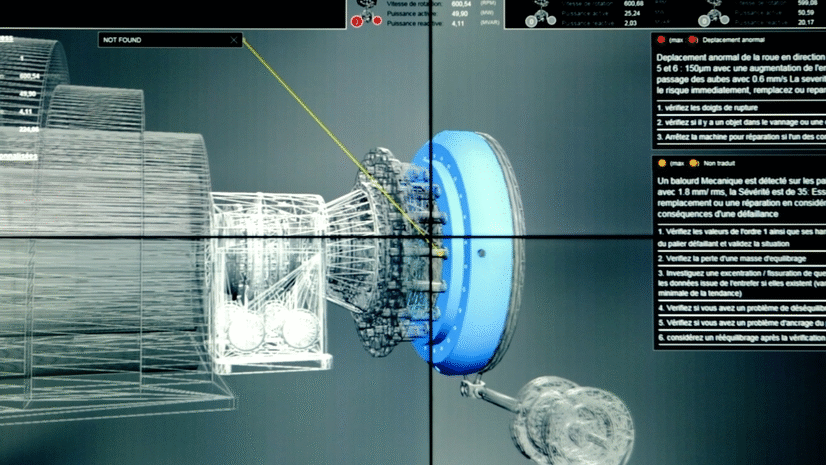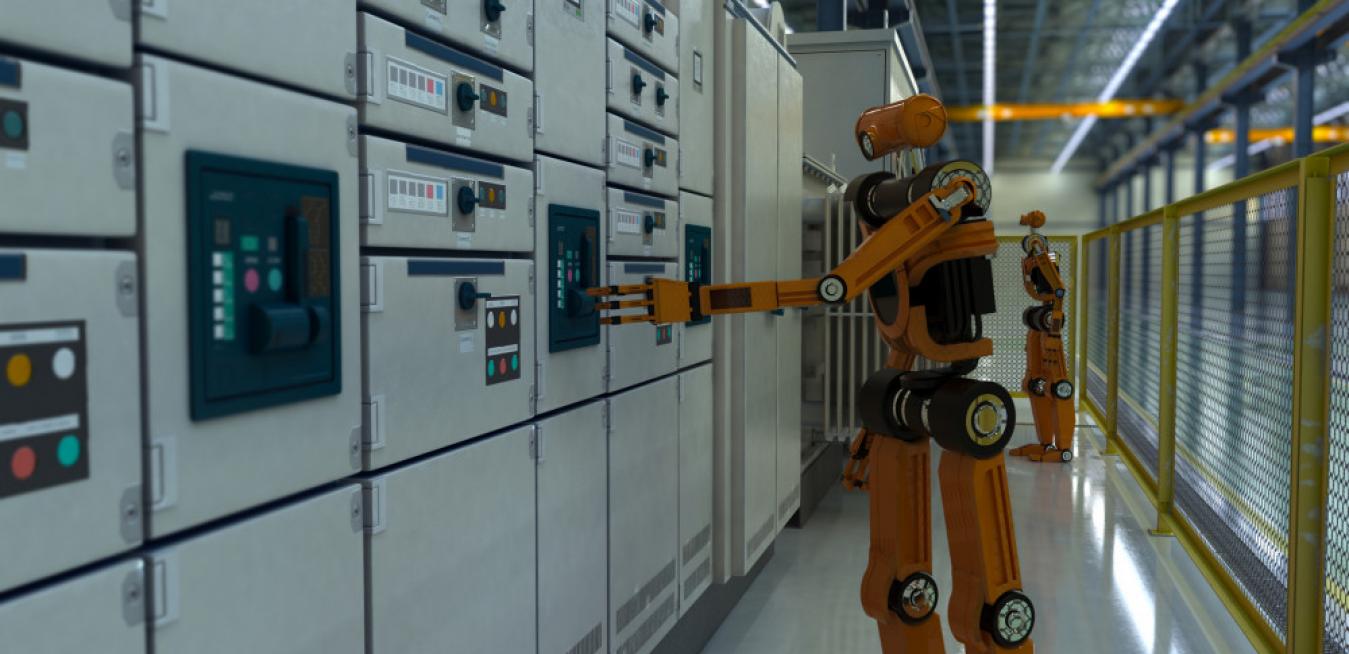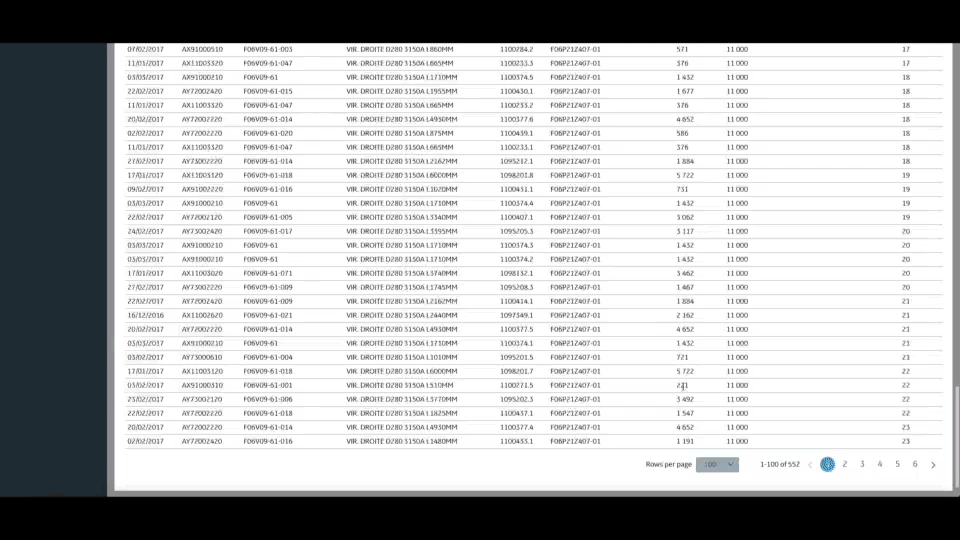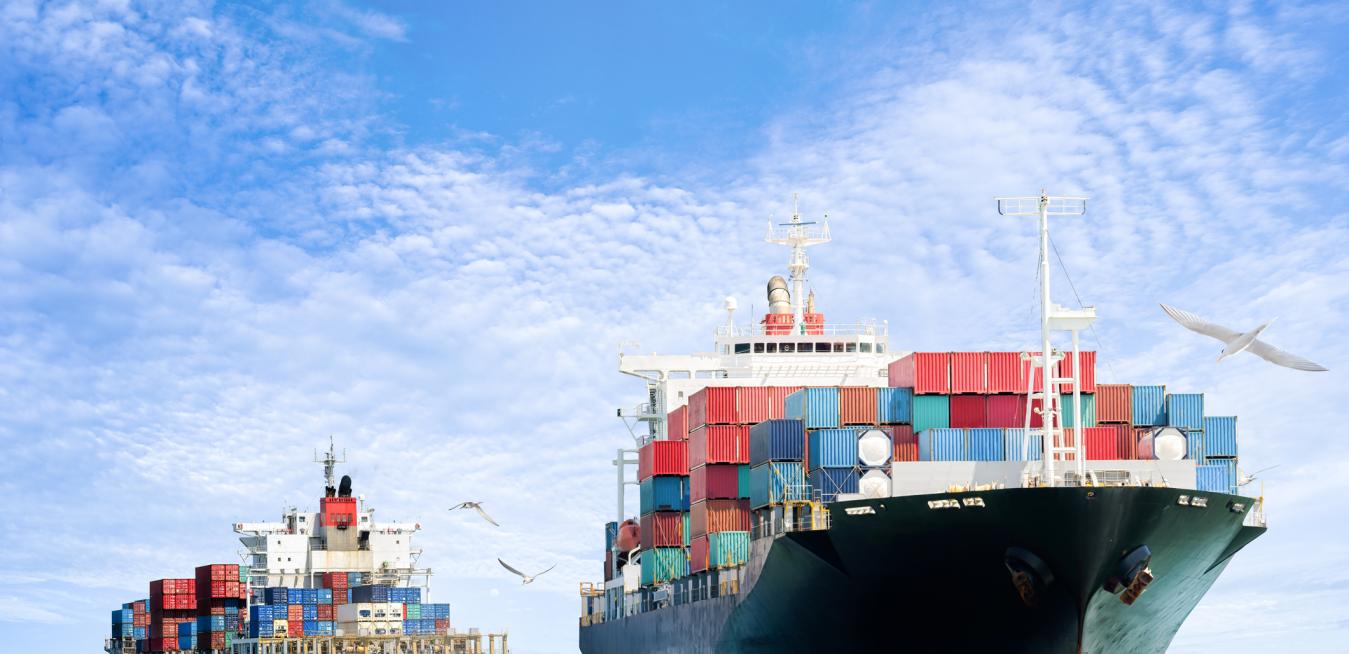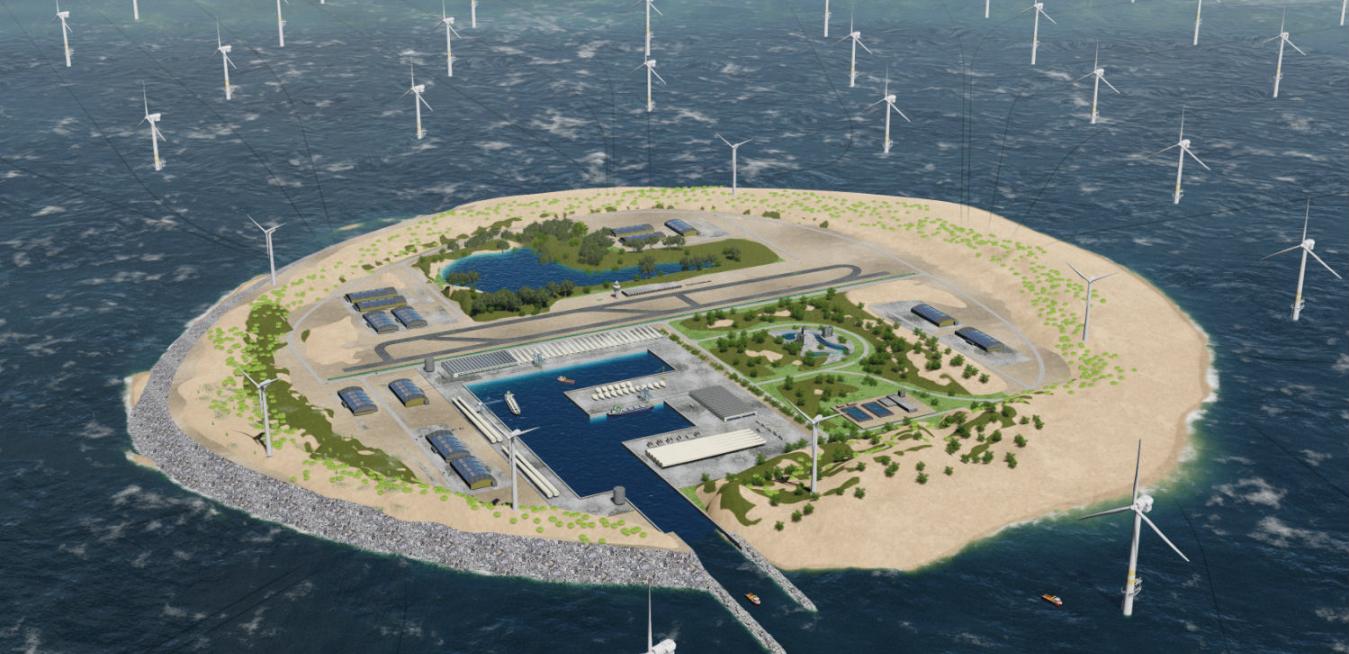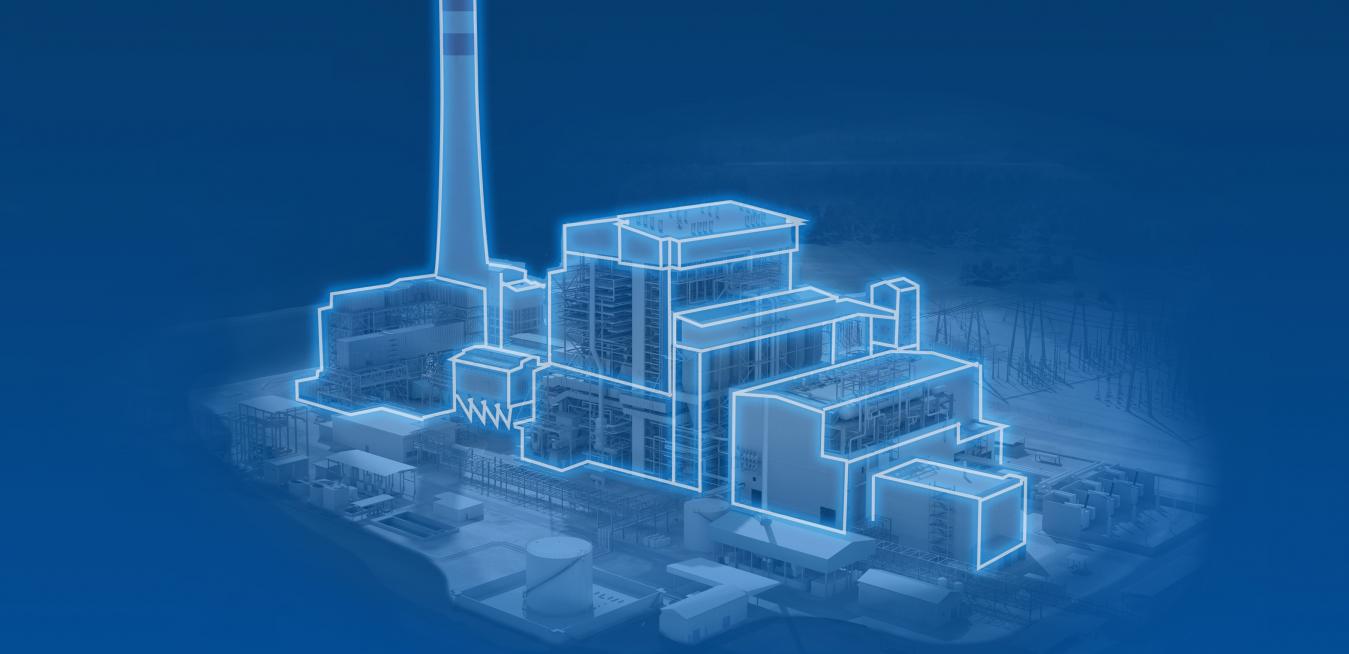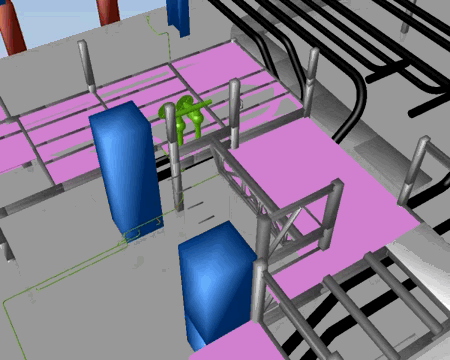Transparent and efficient, blockchain could lift the lid on international supply chains.
A man-made power island in the middle of the North Sea that could supply electricity for 80 million people, a robot that could read your mind and spot you noticing it made a mistake, and a DNA-based computer that grows as it computes? Go figure!
This Is What We Call A Power Island!
[embed width="800"]https://www.youtube.com/watch?v=NI0sbiCNXtA&feature=youtu.be[/embed]
“Most people probably wouldn’t say this, but I love hospitals,” says Lane Konkel. As a child growing up in Wisconsin, the 26-year-old lean manufacturing engineer would accompany her father, an orthopedic surgeon, to his office. “I’d play around with the little models of the knee and pull on the ligaments or I’d visit patients post surgery. For me, hospitals are connected to a lot of really great memories.”
Locals call Ramagundam the city of energy. The largest power plant in South India standing nearby along the banks of the Godavari River, for example, is capable of generating a whopping 2,600 megawatts of lifeblood electricity. That's enough to power 20 million local homes. The region has been investing in new power stations to meet its mammoth energy needs, but a major effort is also underway to modernize the existing fleet and make it efficient enough to meet the Indian government's ambitious targets to reduce air pollution.
A typical power plant is a very large and very complicated network of machines for making electricity that must be kept in good order. It's not an easy task.
